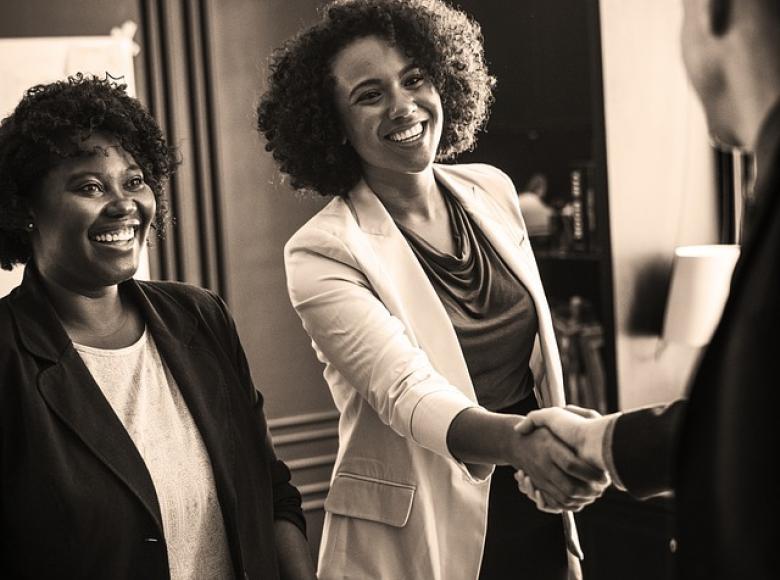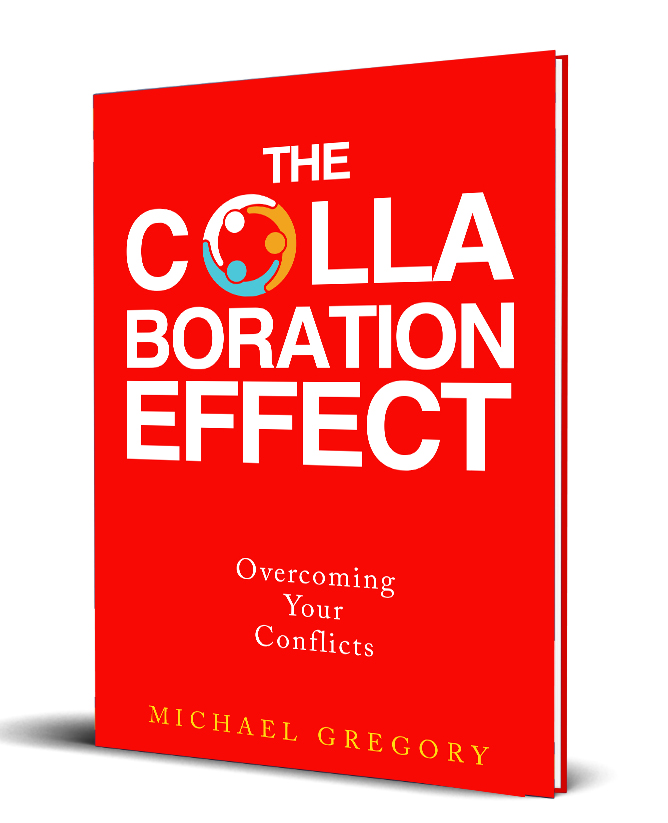
There is a lot written about trust and why trust is important. What is true is if you don’t have trust with others you are in real trouble trying to collaborate with them. In this article trust is teamed up with The Collaboration Effect ®. This is a deeper dive into trust, trustworthiness, and two of the principles of The Collaboration Effect®.
What is trust?
A quick review of several sources on line finds that trust is “a firm belief in reliability, truth, ability, or strength in someone or something”. I am going to focus on the “someone” here. In that sense, trust means you have confidence in someone. You believe they are reliable. You can count on them.
I have developed an acronym around trust. This acronym is SOAR. If we have trusting relationships with others we both can SOAR. SOAR stands for being:
Straightforward,
Open,
Accepting, and
Reliable.
Straightforward means to be honest with others. To operate with integrity.
Open means to be transparent. Sharing what you know with who you know. Keeping in mind what you can share legally, morally and ethically for those interested in what you know.
Accepting means to be hard on the problem and not the people. When we are accepting, we avoid the two stinky twins of Blaming Self (BS) and Blaming Others (BO).
Reliable means to under promise and over deliver. If a plumber says they can do the job in two days and the plumber completes the job in one day, you are happy. If the plumber does the job in three days you are not. By under promising and over delivering you are perceived as being reliable. Stating it a little differently, being reliable means, you can be counted on to do what you say you are going to do.
Now that we understand trust what about being trustworthy?
What is trustworthy?
When we are trustworthy, we are deserving of trust. We are thought of as being reliable and dependable. When we are trustworthy others will say that we deserve their trust. Trustworthy individuals have a number of common traits.
Seven traits of someone that is trustworthy are:
Authenticity – they know who they are and you know what you are going to get
Compassionate – they understand feelings and they genuinely are concerned about the feelings of others
Considerate – they are kind and helpful, polite and caring
Consistent – they act the same way under similar circumstances being accurate and fair
Integrity – they are honest and demonstrate a strong moral compass
Kind – they are friendly, generous, polite, and in general love their neighbors
Resourceful – They are quick and able to find resources in clever ways
Given trust and trustworthiness how do these two items tie into The Collaboration Effect®?
What is The Collaboration Effect?
Much has written about The Collaboration Effect®. The collaboration in a nutshell is about building relationships, actively listening, and educating judiciously to bring closure to a negotiation. Focusing on building relationships and actively listening are two of the corner stones of The Collaboration Effect ® lets look at these two and how the relate to trust.
Tying the Collaboration Effect with trust
To have trust you need to build a connecting relationship with others.
The first step is to be aware with whom you are speaking. What are their interests?
Find ways to connect with them. How do you do that? You ask open ended questions. Look for ways to connect with them. Think about their answers. What are ways you can dig deeper to look for additional ways to connect?
Actively listen
How do you do that? Listening doesn’t just happen.
Listening takes action. It is intentional.
When you truly listen your facial expressions, body language and tone all reflect that you truly are interested in the other party. The questions you ask demonstrate your active participation in the conversation. Your contributions to the conversation show that you are not only hearing the words that are being stated, but also the emotions. When you truly connect with someone else through listening, you may be able to complete their sentences. However, don’t. Let them finish their thoughts. Control the fire in you. Be attentive, ask questions and be engaged when appropriate letting them do most of the talking. Having knowledge about their interests and being able to tie into the conversation builds understanding and trust.
How your brain connects
Your brain learns in a very predictable manner.
When we learn something new our brain makes additional connections and neurons make existing pathway stronger.
We learn when the cerebrum is stimulated. These connections in the cerebrum specialize in sight, hearing, speech, touch, short term memory, long term memory, language, and reasoning when we learn. When multiple areas are stimulated the memory is strengthened. How does this tie into trust and The Collaboration Effect®?
Practical commentary
When you meet someone new, think of how you size them up in the first few seconds as to whether you trust them or not. You are considering all of the elements discussed above both consciously and unconsciously. Your brain is considering what your senses tell you and how previous experiences shape your understanding. You experience fear, anger, laughter or love for example.
Taking this to the practical elements of connecting relationships and actively listening to build trust, what can you do? For one thing, understand the concepts presented here.
To be able to connect and actively listen expand your skill set to allow you to interact on multiple fronts.
Listen to podcasts. Read books on various topics. Volunteer with others on causes you care about. Watch documentaries. Mentor others or network with a mentor. All of these expand your horizons. This enables you to interact better with others to build trust with quality input into a conversation. This actually makes you more interesting. Being interesting builds connections. When you do, you can have conversations that build trust.
Further insights
To build trust in conversations Anne Engstrom, Trust Edge’s Operation Director, recommends that you take these four simple steps.
1. Be aware of who you are talking and be inclusive – if someone does not want to participate respect that too
2. Ask questions – open ended questions – like “what’s something you are looking forward to” or “what have you been thinking about lately”
3. Listen to the answers – this takes intention. Be authentic
4. Contribute – be quick to listen and slow to speak, but add value when appropriate
What’s the bottom line?
Trust and The Collaboration Effect ® both require connecting relationships and active listening as part of the process.
Focusing on these two elements and these will go a long way on enhancing your emotional intelligence and building trusting relationships with real connections. This can pay dividends with the IRS, business to business and with conflicts between businesses. For further information check out The Servant Manager where trust is elaborated on with specific tips and mentioned over 150 times to give you additional ideas.
About the author
Are you looking for a consultant or speaker on this or similar issues? You may contact Mike directly at mg@mikegreg.com and at (651) 633-5311. Mike has written 11 books including Business Valuations and the IRS: Five Books in One, The Servant Manager and Peaceful Resolutions. [Michael Gregory, ASA, CVA, NSA, MBA, Qualified Mediator with the Minnesota Supreme Court]
About the author
Mike Gregory is a professional speaker, an author, and a mediator. You may contact Mike directly at mg@mikegreg.com and at (651) 633-5311. Mike has written 12 books (and co-authored two others) including his latest book, The Collaboration Effect: Overcoming Your Conflicts, and The Servant Manager, Business Valuations and the IRS, and Peaceful Resolutions that you may find helpful. [Michael Gregory, ASA, CVA, MBA, Qualified Mediator with the Minnesota Supreme Court]

